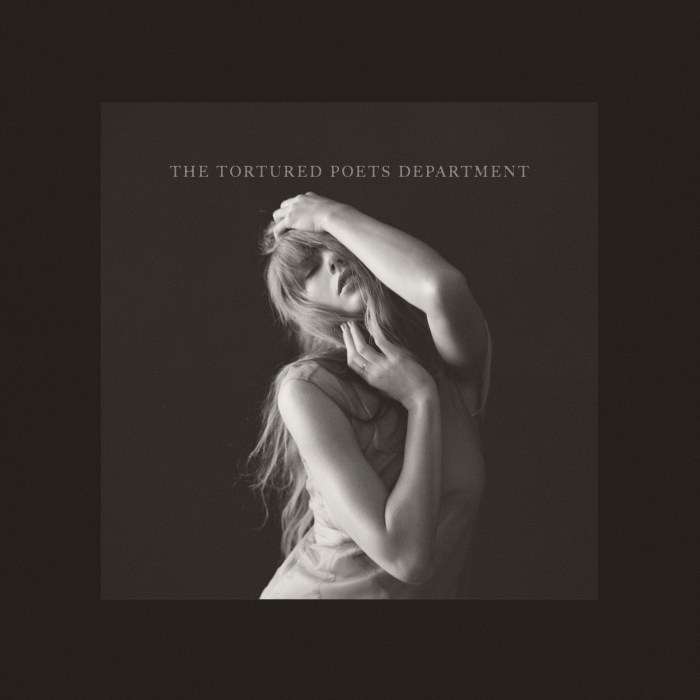By Helen Klein
Someday soon, a sensor hidden in the roadway could play a serious game of “gotcha” with tractor trailers that stray off designated truck routes. Already, a pilot project utilizing cameras and weight sensors to track wayward trucks is underway, brought by Assemblymember Joseph Lentol to northern Brooklyn, where it is being conducted under the auspices of the city’s Department of Transportation (DOT). The pilot was set up at two locations in his district – one at Kingsland and Norman Avenues, and the other at Engert Avenue, both chosen because of their proximity to truck routes. “Almost anywhere you put this in Greenpoint would be a good place, because we have a lot of trucks that utilize residential streets as short cuts,” Lentol stressed. The “ultimate goal” he added, was to have the technology in place to catch the deviating trucks, but, “Without having to put a police officer on every corner.” The pilot makes use of technology developed by the United States Department of Defense, said Lentol, and, as it is being tested by the city’s DOT, has two phases. The first – which was recently completed in the test area — utilizes cameras that can identify and count the number of trucks that pass their locations. The results of this first phase were eye-opening, Lentol said. “On any given day, there are quite literally hundreds – sometimes thousands of trucks, the majority of which are probably doing so illegally,” he noted. The second phase – which Lentol said is expected to be “on line” within the next six months – involves the installation of weight-in-motion sensors in the roadway that would detect overweight vehicles and send a message to a camera positioned nearby to take a photo of those that trigger the sensor. That photo could be used to generate a summons, the way red light cameras generate summonses at the intersections where they are installed. How the city will use the photos that are generated, is something that Lentol said he didn’t know. “The way I would do it is send out warnings first, telling the truckers, you’ve been detected,” the legislator told this paper. He said he would warn them, stressing, “You will never know where the device is going to be so if continue to use neighborhood streets, we are going to get you.” That the problem is a “significant one” not only in Greenpoint but across the borough is made clear by response to legislation that Lentol said he had introduced some years back to raise fines on truckers who travel off of designated truck routes. “Every member of the Assembly wanted to go on the bill because it is a problem in every neighborhood,” he noted. “Truckers feel very little restraint,” Lentol added. “They would prefer to use any street to get where they are going, as we all would, except they are big, bad trucks and they ruin the quality-of-life in the neighborhood.” The belching fumes from the trucks cause pollution, said Lentol; in addition, the noise of the trucks passing by is an irritant, particularly in the nighttime hours, when it wakes people sleeping within earshot. The trucks also damage the city’s infrastructure. And, they are a hazard, Lentol stressed. “Large trucks barreling down narrow streets where our children play is downright dangerous,” he said. The number of trucks has also increased in recent years. As population has grown, so has demand for goods, not only in Brooklyn, but in Queens and beyond – all adding up to a constant caravan of 18-wheelers grinding along thoroughfares throughout the borough, often where they are not allowed. Indeed, over 30,000 tractor-trailers enter New York City on a daily basis; that number is expected to grow incrementally by as much as 30 percent over the next 20 years, according to a City Council briefing paper on truck issues that dates back to 2006. According to this analysis, the trucks not only negatively impact quality of life but also pose a huge economic cost, as much as $30 billion a year, according to one estimate. Lentol said he didn’t have a “cost figure” for installing the equipment. However, he noted, “If it does what we want it to do, it would pay for itself. “Once DOT recognizes the benefit of it,” he went on, “This will be like the red light cameras. They will want to put them where they believe they will be most effective, do the most good or, possibly, where they will generate the most revenue.” To broaden the pilot to other parts of the city, DOT would need authorization by the state, said Ted Timbers, a DOT spokesperson, That, he noted, “Would be a big step. I think the technology is not really there yet,” he added.

































